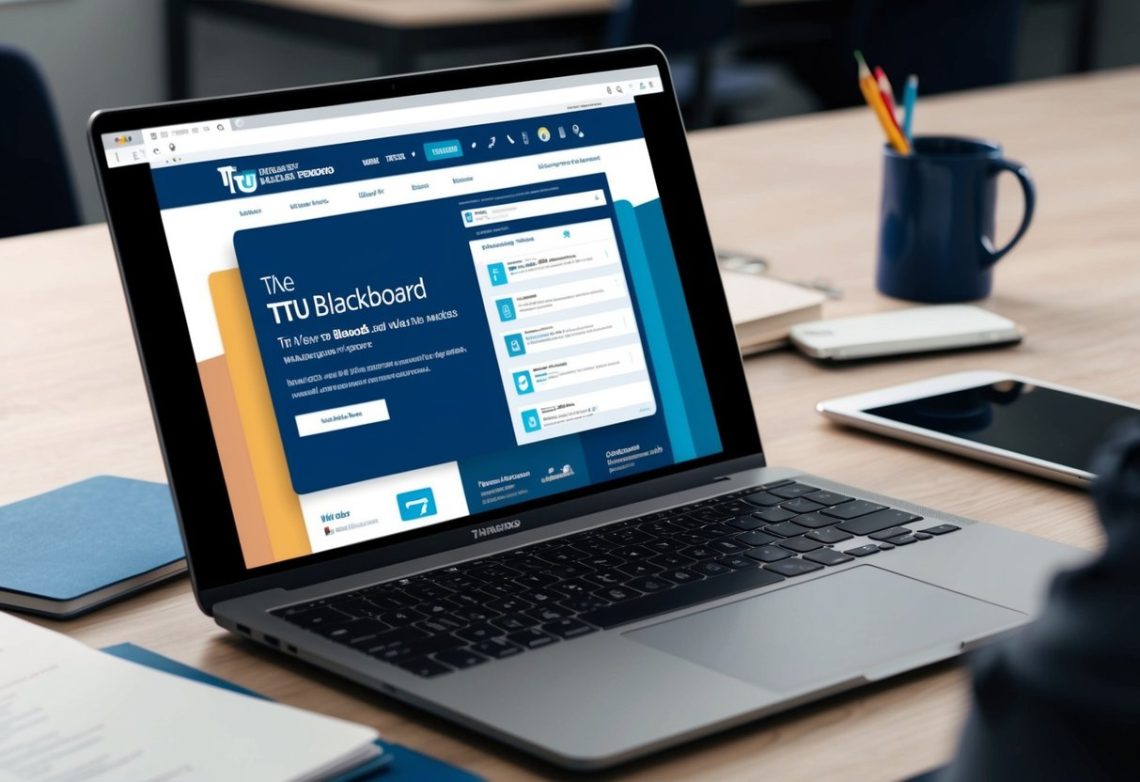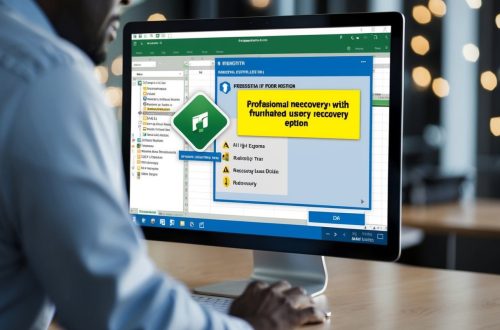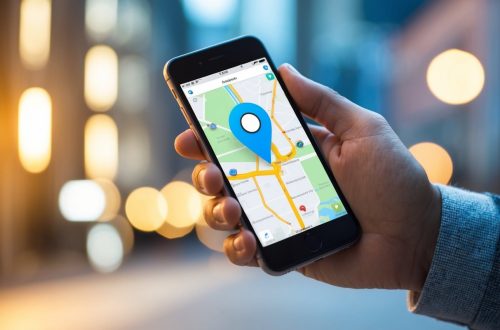
TTU Blackboard: Essential Guide for Texas Tech University Students
Texas Tech University students and instructors rely on TTU Blackboard as their main online learning platform. TTU Blackboard helps users access course materials, submit assignments, join discussions, and check grades from anywhere with an internet connection. The platform is designed to support learning and make communication between students and teachers easier.
TTU Blackboard is known for its simple design, which helps users find what they need quickly. With features like 24/7 help and email support, students and instructors can get assistance with technical issues whenever needed.
Many users appreciate how Blackboard helps them stay organized throughout the semester. Its tools for announcements, calendars, and messaging keep everyone updated about important deadlines and class events.
Getting Started With ttu blackboard
Students use ttu blackboard to access course materials, submit assignments, and interact with instructors. It works best when users follow the correct steps for account setup, use proper devices, and know how to navigate the main dashboard.
Account Setup and Login Procedures
To begin, students need a valid Texas Tech University (TTU) eRaider account. The eRaider username and password are used for logging into Blackboard. New students should activate their eRaider account through the TTU website before attempting to sign in.
Login steps:
- Visit the TTU Blackboard Login Page.
- Enter the eRaider credentials.
- Click “Sign In” to access the dashboard.
If users have trouble signing in, they can select the “Forgot Password?” link or contact the TTU IT Help Central for support. Keeping login information secure and up to date is important to avoid interruptions.
System Requirements and Supported Devices
Blackboard works on most modern devices and browsers, but some options perform better than others. Supported browsers include the latest versions of Chrome, Firefox, Edge, and Safari. Outdated browsers may cause problems loading some course content.
Blackboard functions on Windows and Mac computers, tablets, and smartphones. A stable internet connection is necessary for smooth access. The Blackboard mobile app is available for both iOS and Android, providing another way for students to keep up with their courses.
Minimum Requirements Table:
| Device | Browser | Notes |
|---|---|---|
| Windows, Mac | Chrome, Firefox, Edge | Desktop or laptop |
| Tablets, Phones | Safari, Chrome | Mobile app recommended |
Some courses may require certain software like Adobe Reader or Microsoft Office to open files.
Navigating the Dashboard
Once logged in, the dashboard is the first screen shown. Here, students see a list of their current courses, announcements, and important deadlines. The main menu is usually on the left side and offers quick links to courses, grades, messages, and tools.
Clicking a course name opens that course’s page. Each course page has its own menu for assignments, content, and grades. The “Activity Stream” highlights new updates and messages, helping students stay current.
Useful features include:
- Announcements: Updates from instructors.
- Calendar: Assignment and test dates.
- Messages: Communication within each course.
Exploring these main sections early helps users find what they need and manage their work more efficiently.
Utilizing Key Features and Resources
TTU Blackboard offers a range of tools for students and instructors to manage courses, keep up with assignments, and connect with each other. Familiarity with its main features helps users navigate their academic work more efficiently.
Accessing Course Materials
Students log into TTU Blackboard to find all their course materials in one place. Each course usually has its own area where instructors upload syllabi, lecture slides, readings, and other resources. Materials are commonly organized into folders or modules by week or topic.
To access these, students should click on their course name and look for menu links such as Content, Course Documents, or Learning Modules. Important due dates, instructions, and updates are often included alongside materials.
Students can often download files straight to their devices. Some instructors also provide links to external websites or embed videos for easy access. Keeping track of all uploaded resources is easier if students check Blackboard regularly, especially after each class.
Communicating With Instructors and Peers
Blackboard includes several communication tools to help students and faculty stay connected. The Messages or Email functions allow students to send direct questions to instructors or classmates. This can be useful for clarifying assignments or asking for extra help.
Discussion Boards give students a space to post questions, share ideas, or take part in class discussions outside of scheduled meeting times. Instructors may set up forums for specific topics or group work.
For live communication, instructors sometimes use Blackboard Collaborate, which supports video, audio, and chat. Students can attend virtual office hours, participate in real-time class meetings, or watch recorded sessions later. Using these tools ensures everyone stays informed and can interact easily, even if not on campus.
Submitting Assignments and Taking Assessments
TTU Blackboard allows students to submit assignments digitally. Instructors post details under sections like Assignments or Assessments. Each task includes clear instructions, due dates, and sometimes a grading rubric.
To submit, students upload documents or enter responses directly within Blackboard. After submission, they may receive a confirmation message. Some instructors allow students to see feedback or grades through the My Grades tool.
For quizzes and tests, Blackboard offers online assessment options. These may include multiple-choice questions, short answers, or essays. Tests are usually only available for a set time, so students should watch deadlines closely. Features such as time limits and automatic grading help ensure fair and consistent evaluation.



